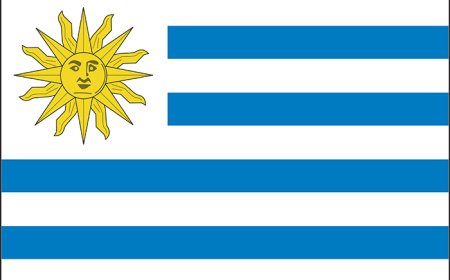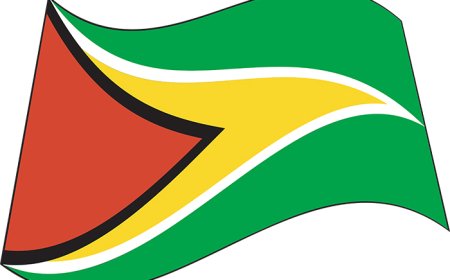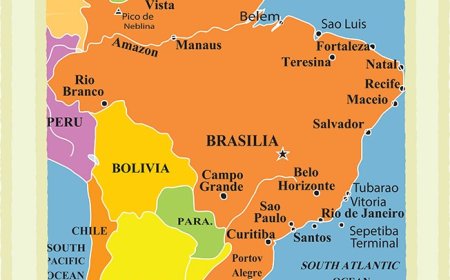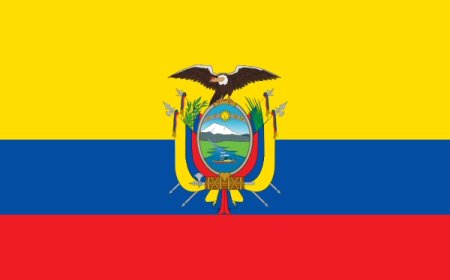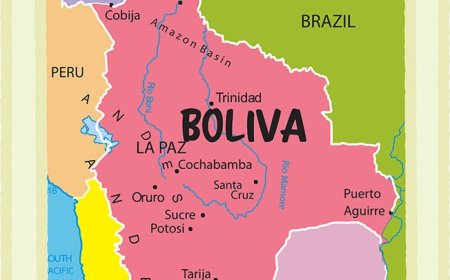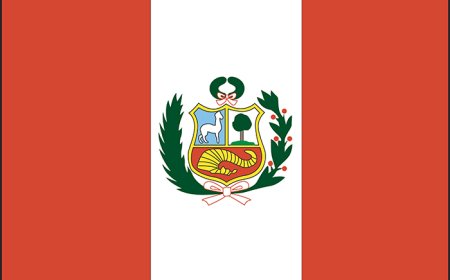Facts for Kids: Geography, Culture & History
Learn fun and educational facts about Chile’s geography, history, and culture in this student-friendly guide
🌎 Introduction
Chile is a long, narrow country on the western edge of South America, stretching between the Andes Mountains and the Pacific Ocean. It's famous for its stunning landscapes, from the world's driest desert to icy glaciers. Chile's people enjoy a mix of ancient traditions and modern city life, making it one of the most diverse and interesting countries in the region.
🗺️ Geography & Climate
Chile borders Peru, Bolivia, and Argentina, and has thousands of miles of coastline along the Pacific Ocean. Its shape is unusual-over 2,600 miles long but only about 110 miles wide on average.
Main regions include:
-
Northern Chile: Home to the Atacama Desert, the driest desert in the world
-
Central Chile: Mild climate, fertile valleys, and the capital city, Santiago
-
Southern Chile: Fjords, forests, and glaciers in Patagonia
The climate ranges from extremely dry in the north to cool and rainy in the far south.
📜 History
Before the Spanish arrived, Chile was home to Indigenous peoples like the Mapuche, known for their strong resistance to outside rule. In the 1500s, Spanish explorers claimed the land, and Chile became part of the Spanish Empire.
In 1818, Chile gained independence after years of fighting, with leaders like Bernardo O'Higgins playing key roles.
The 1900s brought both democratic governments and times of military rule. A military dictatorship lasted from 1973 to 1990, led by General Augusto Pinochet. Since then, Chile has returned to democracy and grown into one of South America's most stable countries.
🏛️ Government
Chile is a democratic republic with three branches:
-
President - Elected every four years and serves as head of state and government
-
National Congress - Makes laws and includes the Senate and Chamber of Deputies
-
Courts - Interpret and apply the law, led by the Supreme Court
The country is divided into 16 regions, each with its own local authorities.
💰 Economy & Natural Resources
Chile's economy is based on mining, farming, fishing, and tourism.Key products include:
-
Copper (Chile is the world's largest producer)
-
Grapes, apples, and wine
-
Fish and seafood
-
Forestry products
Tourists visit for the Atacama Desert, Patagonia, and Easter Island.
👨👩👧 People & Culture
Chile's culture blends Indigenous traditions with Spanish and European influences.Popular traditions include:
-
Cueca: The national dance
-
Fiestas Patrias: Independence celebrations in September
-
Folklore music played with guitars and harps
Food favorites include:
-
Empanadas (stuffed pastries)
-
Pastel de choclo (corn pie)
-
Seafood stews along the coast
🗣️ Languages & Religions
-
Official Language: Spanish (Chilean Spanish has its own accent and expressions)
-
Indigenous languages like Mapudungun are spoken by some communities
Religion:
-
Most people are Roman Catholic
-
Others follow Protestant or other Christian faiths
🎓 Education & Traditions
Education is required for children from ages 6 to 18, and many schools teach English as a second language.
Chileans value family gatherings, community celebrations, and sports-especially soccer. Rodeo is also a traditional sport in rural areas.
🐾 Animals & Environment
Chile's long shape means it has many different environments, from deserts to rainforests. Wildlife includes:
-
Guanacos (related to llamas)
-
Humboldt penguins along the coast
-
Andean condors soaring over the mountains
-
Pumas in remote areas
Chile also protects unique landscapes like Torres del Paine National Park and Rapa Nui (Easter Island).
🏙️ Major Cities & Landmarks
-
Santiago - The capital and largest city
-
Valparaíso - A colorful port city with steep hills and street art
-
Punta Arenas - Gateway to Antarctica
-
Easter Island - Famous for its giant stone statues, the moai
🎉 Fun Facts About Chile
-
Chile is the longest country in the world from north to south
-
The Atacama Desert can go years without rain
-
Home to the largest swimming pool in the world in Algarrobo
-
Easter Island belongs to Chile, even though it's over 2,000 miles away
-
Chile is one of the few places where you can ski in the mountains and surf in the ocean on the same day
🧒 Kid-Friendly Summary
Chile is a country of contrasts-dry deserts, snowy mountains, and lush forests. Its people celebrate with music, dancing, and delicious food. From penguins to ancient statues on Easter Island, Chile is full of amazing things to see and learn about!
📚 Vocabulary Words
| Word | Definition |
|---|---|
| Fjord | A long, narrow sea inlet between steep cliffs |
| Plateau | A flat, elevated area of land |
| Desert | A dry area with little or no rainfall |
| Dictatorship | Government ruled by one person with total power |
| Republic | A government where people elect their leaders |
| Independence | Freedom from control by another country |
| Empanada | A pastry filled with meat, cheese, or vegetables |
| Moai | Giant stone statues found on Easter Island |
| Copper | A reddish metal used for wiring and coins |
| Rodeo | A sport involving horseback riding and cattle handling |
🧠 Interactive Quiz: Test Your Chile Knowledge!
1. What is the capital city of Chile?
A. Valparaíso
B. Santiago
C. Punta Arenas
D. La Serena
✅ Answer: B
2. What is Chile’s national dance?
A. Tango
B. Samba
C. Cueca
D. Salsa
✅ Answer: C
3. Which desert in Chile is the driest in the world?
A. Sahara
B. Atacama
C. Gobi
D. Mojave
✅ Answer: B
4. What giant statues are found on Easter Island?
A. Moai
B. Sphinx
C. Totem Poles
D. Buddhas
✅ Answer: A
5. Which metal is Chile the largest producer of?
A. Gold
B. Copper
C. Silver
D. Iron
✅ Answer: B
6. What large bird is found in Chile’s Andes Mountains?
A. Eagle
B. Andean Condor
C. Flamingo
D. Owl
✅ Answer: B


















































